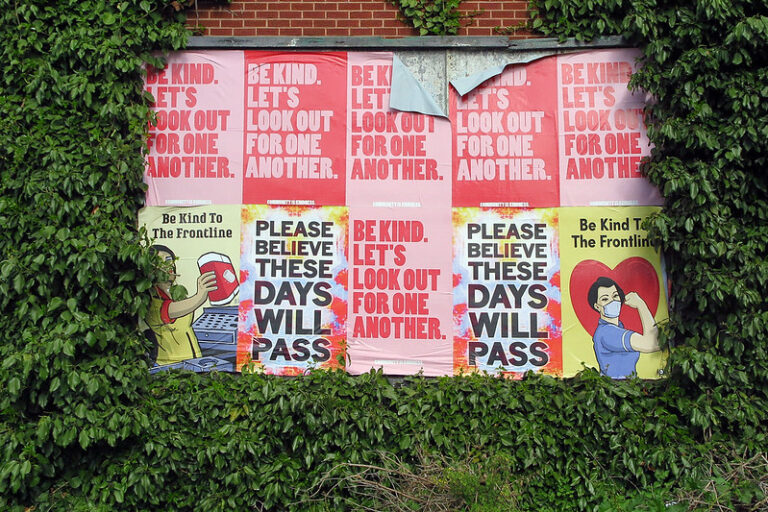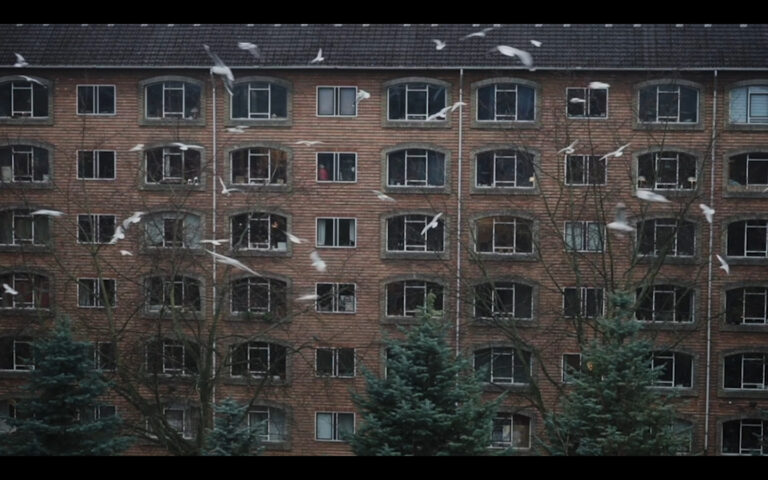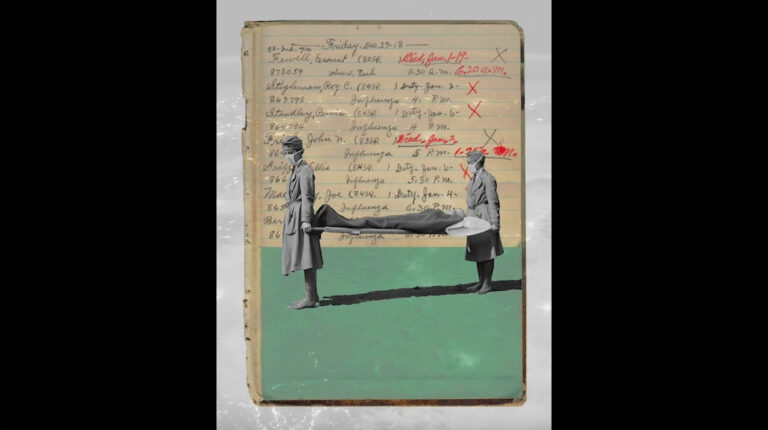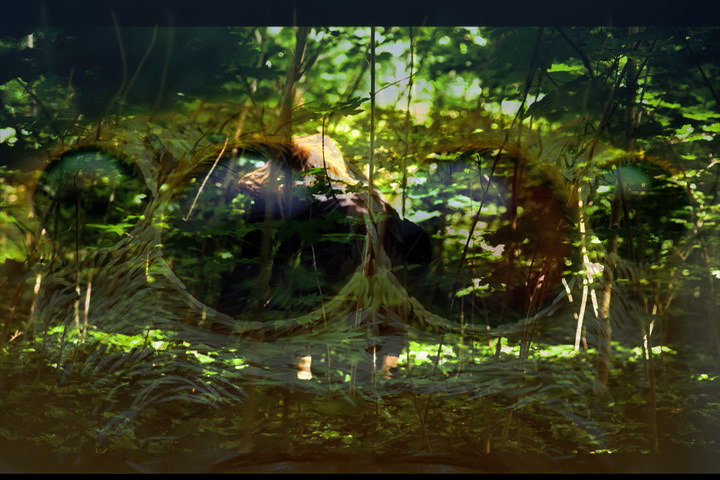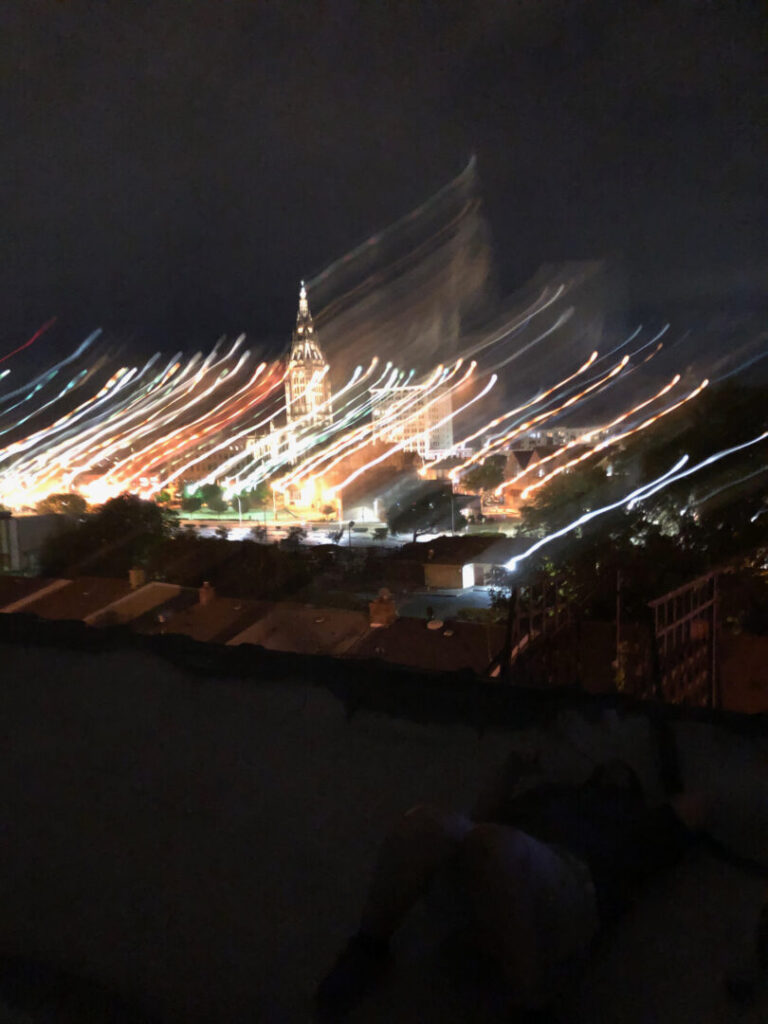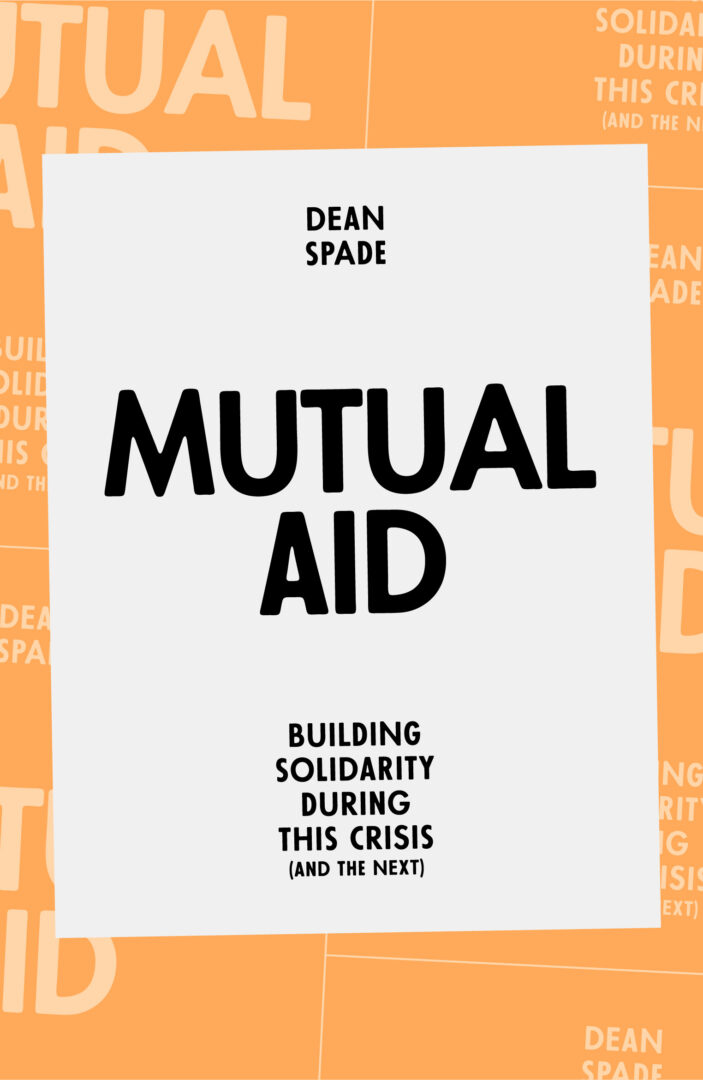Our contribution puts forward an examination of public spaces as infrastructures of care. The eruption of the COVID-19 pandemic, and the “social distancing” measures imposed by several governments around the world, transformed the very use and conceptualization of urban public spaces. In Athens, Greece, public space, which had already been in different ways at the forefront of multifarious crises since 2010, reemerged, once again, as a critical site of sociopolitical antagonism. Public spaces, such as squares, became central places where people could come together to share knowledge and emotions, collectively alleviate anxieties, and thus (re)negotiate their positionality in the city. Such formations and enactments of social connection, affectivity, and antagonism, reflect the entanglement between everyday life and the political, and also draw attention to the association of public space with practices of care for collective well-being during precarious times. During the ever-increasing securitization and policing of urban spaces in Athens, in which everyday life has come to be ever more permeated by precarity and uncertainty, public spaces have been reenacted as safe and more inclusive environments where people can be and act together. Our contribution also employs a video to render more intelligible the affective interconnectedness of sounds, images, bodies, materialities, and practices in public space. By attending to the affective dynamics of a public square in central Athens, we examine the entanglements between the sociopolitical production of public space and forms of care during the COVID-19 pandemic.
Keyword: pandemic
Feelings, Fascism, and Futures
The COVID-19 pandemic has exposed some of the most glaring inequalities within nations and across the globe. While the disruption caused by the pandemic has given rise to hopes for a cultural reset to address these structures of inequality—captured compellingly by Arundhati Roy in her vision of the pandemic as a portal—the sediments of inequality have proven hard to erode. In this contribution, I explore this regressive impulse by honing in on the affect of restraint. While restraint is not ordinarily characterized as such, in the pandemic it has been a defining feature of our lives. However, it was not afforded equally. I begin by showing how restraint has become racialized, serving as a political tool to suppress protests, notably Black Lives Matter. I then move to show how globally, too, there has been an imbalance in who is—and what countries are—expected to practice nonintervention, linking both domestic and international uses of restraint to these preexisting structures of inequality. I end by proffering a vision for how, despite all these obstacles, the pandemic has also offered ways to bypass the state and form new social formations.
Bewilderment, Hope, and Despair
This essay is a collective investigation of affective experience, bewilderment, and imagery during the COVID-19 situation in Copenhagen, Denmark through multivocal writing and filmmaking. By letting go of the promises of normality, both in thinking and creating, the writers explore various personal, academic, and aesthetic states of affect—hope, despair, desire, and frustration, like temporary landscapes or glimpses of a new world. Feeding on boredom and fear of being isolated, left inactive and frustrated, naive, or hopeful, this essay points into a different and shivering set of changes, personal and societal, that we are currently facing, and illustrates how such changes, full of pain or despair, might also open new becomings of desire and hope.
Cycles of Quotidian Pandemic Instances: Voice(less) Stories from 1918
By silencing the knowledge of our past, it will not disappear; it transforms into a hum. The hum, as a fluid object of silence can be mournful, can represent absence. The hum that we are neglecting connects with our feelings, registering as cyclic vibrations in contact with parts of the body. The vibrato of the hum speaks of unspoken relations that, according to Tina Campt, unifies quietness with sound, surrounded by affect within a register of meaningfulness. If we don’t dare to remember, some images will enunciate—and speak to—the affective register. With the sonic integration of Radio Influenza, artist Jordan Baseman’s computerized voices narrate stories from 1918 through newspaper fragments. The audible tracks add another register to the vibrations, complicating Paul Gilroy’s “politics of transfiguration,” where the “lower frequency” is purposefully over(p)layed mainly with a different set of forgotten histories suppressed from the war narrative. Hence, the sound is felt from an audible and visual register, enacted at the level of the quotidian narratives of twentieth-century photographs and newspaper stories. If we listen to these quiet photos, to these muffled stories, can we acknowledge that just as sonic vibrations, pandemics tend to come in waves as well? In the end, the 1918 spring influenza outbreak was followed by three waves: the fall of 1918, spring of 1919, and winter of 1919. These waves of history, sound, and pandemics, can push us to resist the neglectfulness and acknowledge what we have unlearned from the cycles of quotidian instances, time and time again.
The Green Color of Grief: Spider-Human Dreams
This essay tries to read the pandemic-afflicted (human) world in terms of post-human translation. In echoing Anna Tsing’s call for “collaborative survival,” it speaks in images of human-spiders in the forest who sense the radical isolation of humans and, thus, loss of proximity. One witnesses ill-treatment of various bodies: those that are economized, racialized, or nationalized. In this way, the essay proposes a post-human approach to distorted intimacies worldwide. It uses multimodal means of reflection: film, photography, sounds, and words. Through such a combination of nonverbal and verbal elements, the essay argues against the divisions of humans-culture-nature. It asks the reader to rethink how we could exist in equal mutuality.
Plants, Vegetables, Lawn: Radical Solidarities in Pandemic Times
This essay presents photos and words illustrating practices of care in homes shared by humans and plants during the COVID-19 pandemic. Drawing on interviews with plant carers, I highlight how humans (re)discovered plants as kin during forced social isolation. I reflect on how plants provided joy, hope, and reassurance during crisis, enabling strong affective bonds with their human carers. I read the creation/cementing of affective bonds between humans and plants for its political significance, and I interrogate the activity of making home/kin with plants as the emergence of interspecies solidarities, which challenge anthropocentric narratives of worldmaking and reinsert non-human beings as central to the making of more just and inclusive futures.
Finding Joy and Elegy: Poetry from Pandemic
Amidst the despair, desperation, death, and economic deprivation of the pandemic, poetry—and creative outlets more broadly—have arisen to assist us in both making sense of the world at large, as well as addressing our own struggles during and from these challenges. This essay seeks to put these works into conversation as part of a process—along with quarantine—of seeding, an opportunity to grow new roots and networks. Drawing from a field of established literary journals and ones established during and explicitly to address the pandemic, the essay aims to begin a process of distilling the ways that even amongst fear and loss we must (and will) find ways to find joy. This requires us to seek out new forms of elegy that elaborate and understand the importance of relations and joys between peoples, and the new relational possibilities that our life holds for us as we move towards a post-pandemic world.
Review of Mutual Aid: Building Solidarity During This Crisis (and the Next) by Dean Spade (Verso Books)
Dean Spade’s Mutual Aid: Building Solidarity During This Crisis (and the Next) is an accessible guidebook meant to inspire local organizing efforts based in mutual care, generosity, and dependency. By reflecting on contemporary contexts in which people are increasingly individualized and rendered dependent on inadequate government support systems, Mutual Aid demonstrates that sharing and cohesion are radical steps toward liberation. On this basis, we are reminded that contemporary social crises can usher in the normalization of interdependent community engagement, inspiring lasting social movements built upon mutual aid.

